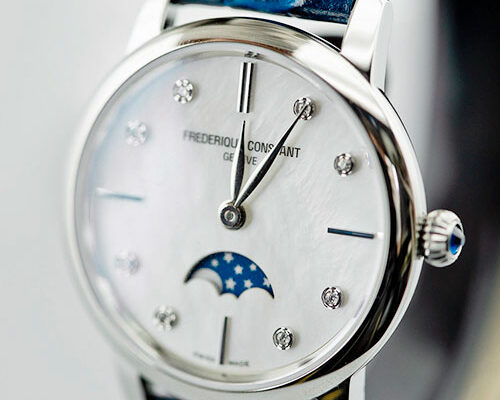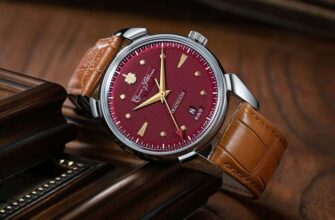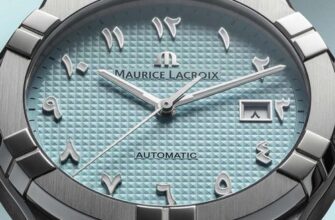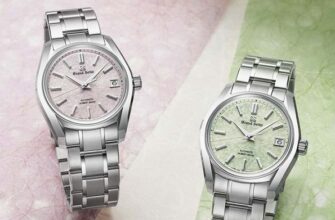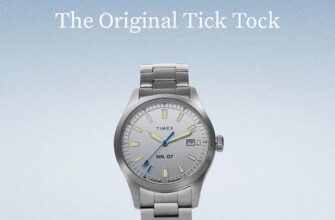Precious metals and alloys, high-tech plastics, ceramics, titanium – the watch industry uses a variety of materials to create watch cases and bracelets. But steel has remained one of the most common and familiar for many decades.
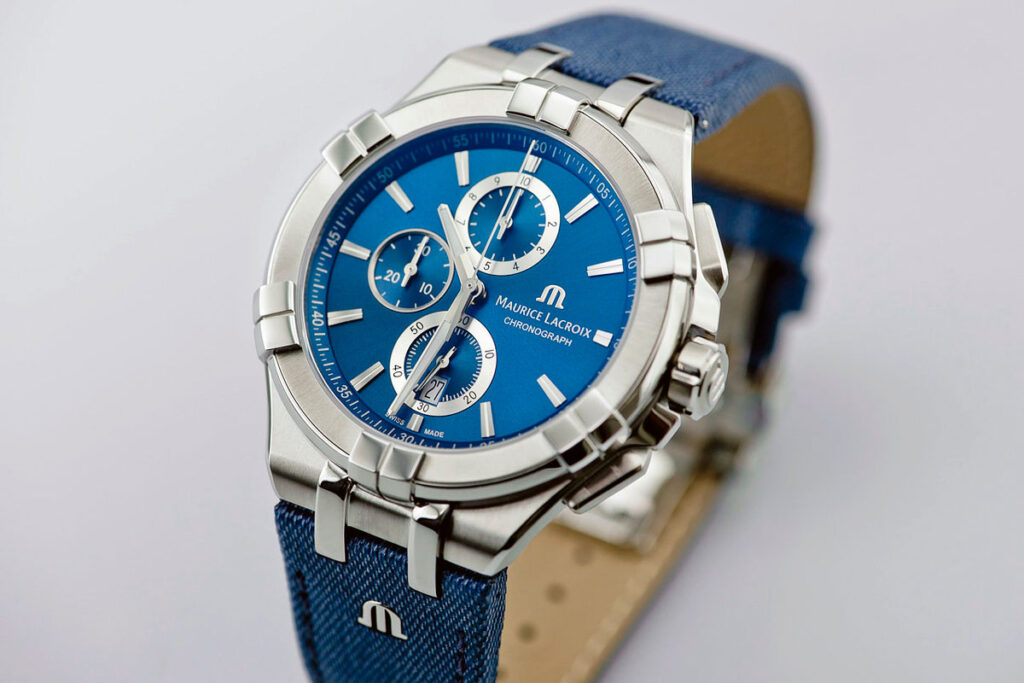
Initially, watch cases were made from different metals, but while watches - mostly pocket watches - remained a luxury item, most often it was gold. Moreover, humanity has been able to work with it for hundreds of years. Later, during and after the First World War, the demand for wristwatches increased, but purchasing power decreased due to the global economic crisis. In addition, the military and pilots needed watches as a tool, not decoration, and from a functional point of view, many alloys are stronger and more chemically resistant than gold. Thus, steel gradually gained its position, from which they began to make cases, and later bracelets (and fasteners and fastenings on belts).
Steel is a malleable alloy of iron with carbon and other chemical elements that are added to increase strength, hardness, corrosion resistance and other important characteristics. Today, steel is widely used in a wide variety of industries, from aviation and medicine to food production.
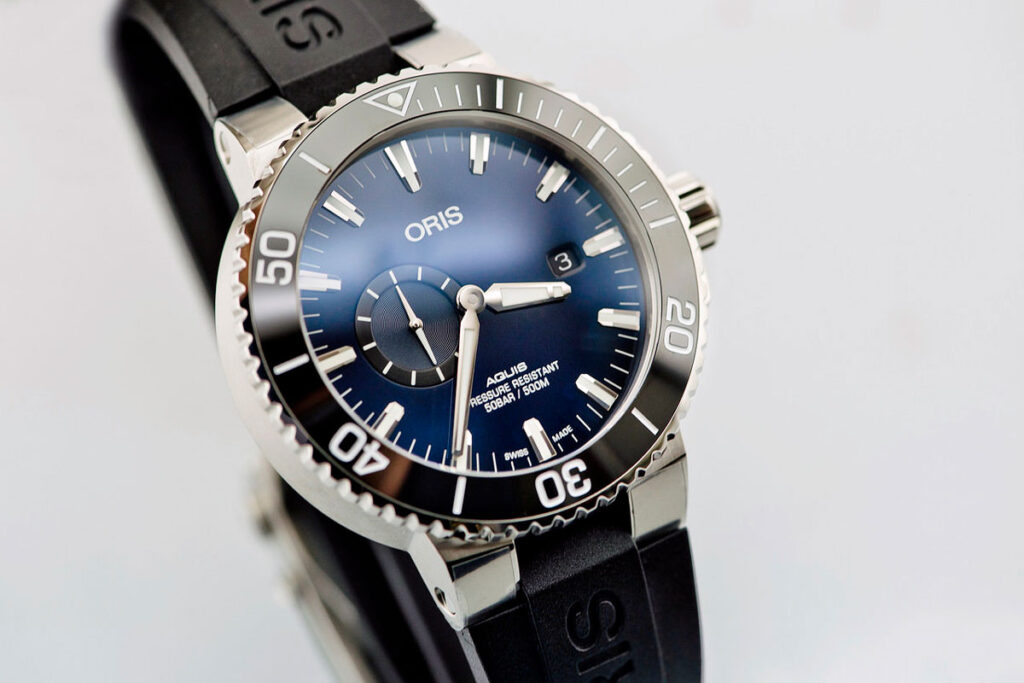
Steel with the addition of certain elements is called carbon and alloyed (from the word “ligature”, which, in fact, means alloy). The second one is stainless and hypoallergenic. There are quite a few types of such alloys, as well as the accepted designations. In some European countries this is marked EN, in Germany DIN, in the USA AISI, in Japan JIS. The designation stainless steel, which is most familiar to watch buyers, is usually placed on the back cover. There may also be a variation of stainless steel back - this means that only the back cover itself is steel, the rest of the body parts are made of a different material.
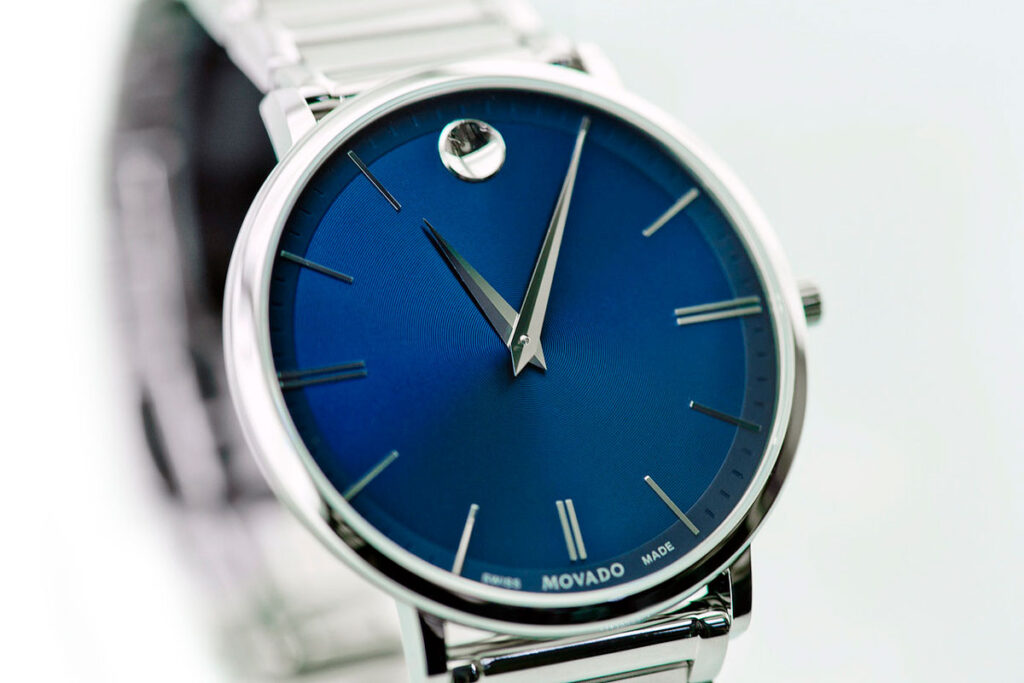
The watch industry uses steel grades 303, 304, 316 and 316L. Variety 303 is the cheapest and softest due to the low content of alloying elements, which simplifies the processing of parts and reduces the cost of the watch itself. Grades 304 and 316 are more expensive and of better quality. The standard of quality is the so-called structural steel grade 316L, which is also called surgical steel.
Sometimes manufacturers “cheat” by using 316 steel for the case and cheaper steel for the bracelet. To strengthen the reputation of the luxury brand, Rolex management announced back in 1988 that it would use only 904L steel in its watches - twice as expensive as 316L and the most corrosion-resistant. Still, the 316L remains an excellent choice. The main alloying elements of this alloy are chromium, nickel and molybdenum. And these are the main qualities that make this material excellent.
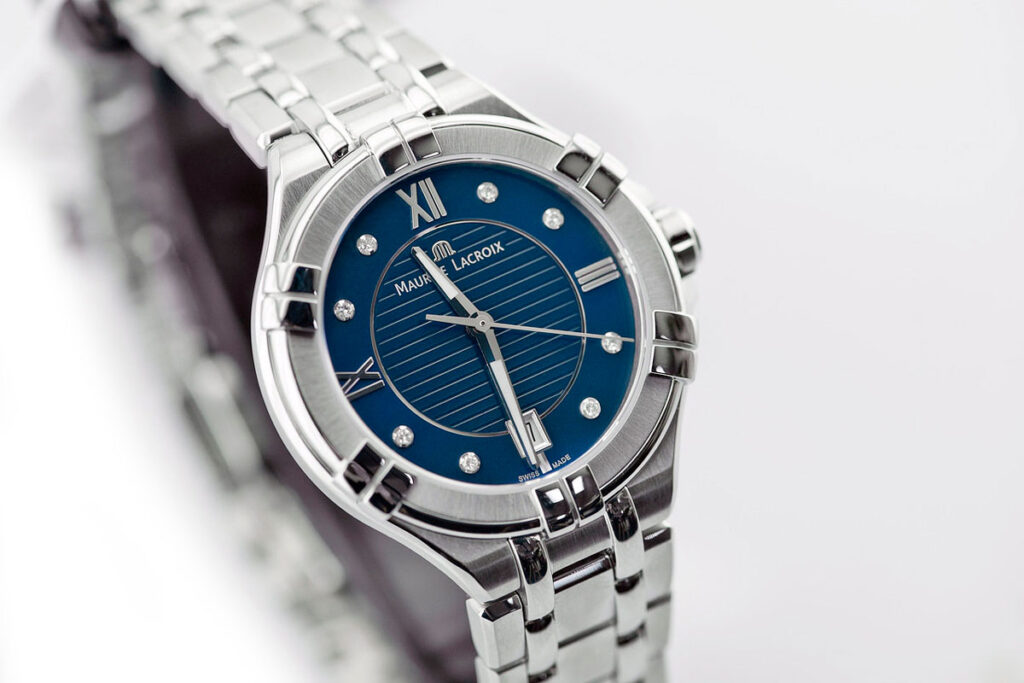
Strength and hardness
Steel is one of the most durable materials, so tools, reliable containers, machine parts, and equipment casings are made from it. Carbon, manganese, silicon and especially molybdenum increase the strength properties of the alloy. This is useful not only for the case and bracelet, but also for the watch mechanism. In Switzerland, the term aciers is adopted, which refers to its steel parts. Semi-hard, hard and extra hard – watchmakers use different types of steel.
316L steel, often chosen for cases, is completely hypoallergenic, and at the same time is one of the most durable. It is not afraid of shocks and other mechanical influences, does not break or change its shape. With a very strong impact or pressure, a dent may only appear on it. It is possible to scratch it, but the scratches will be small and not very noticeable.
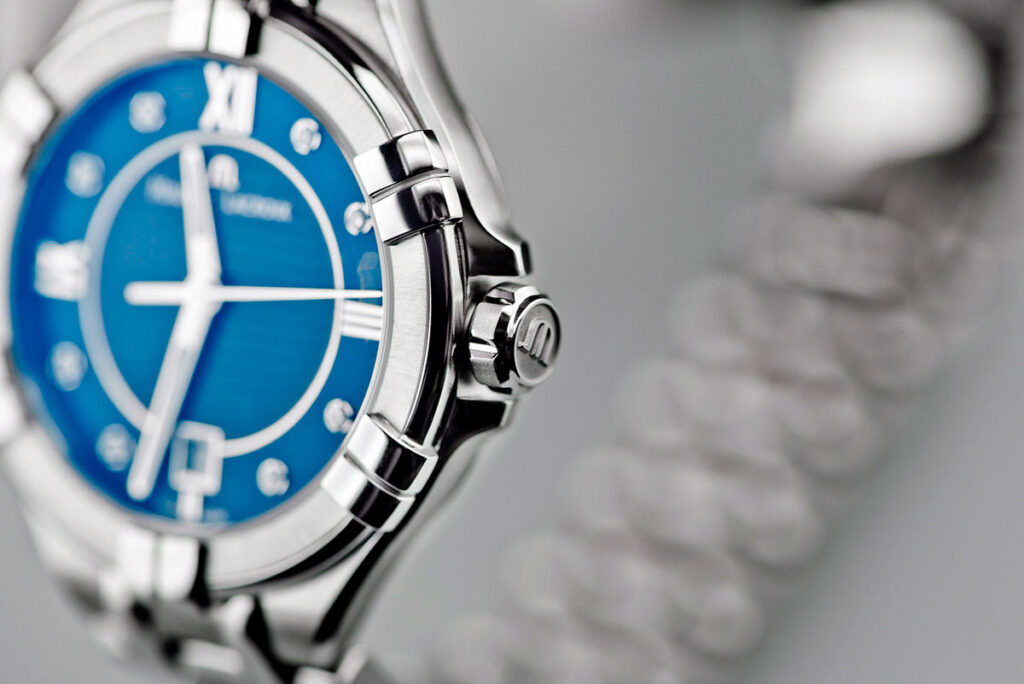
Chemical inertness
And in simpler terms - resistance to aggressive environments. Largely thanks to chromium (as well as nickel, molybdenum and other elements) in its composition, steel can withstand immersion in hydrochloric, phosphoric, sulfuric, boric, formic and other types of acids, therefore it is used in chemistry and medicine. The chromium content varies from 13% to 26% and depends on the purpose of the alloy.
What can we say about household use, where steel watches are not afraid of almost anything - neither accidental contact with detergents, nor household or food acids. You can wash or wipe steel with almost anything, but you should not use products with abrasive particles.

Hypoallergenicity
Logically follows from the previous paragraph. Steel interacts minimally with environmental substances, and therefore has no effect on human skin. It will not oxidize, will not change its properties and surface structure either in a year or in ten.
Plastic
This is an important characteristic from a production point of view: steel can be cast or forged into parts of almost any shape, which allows designers to embody the most daring and unusual ideas. This is how the hardest material becomes the most elegant Milanese bracelet or is cast into the curves of the case with lugs and buttons that perfectly continue it. The same quality allows you to polish the surface, restoring its original presentation, if the watch has received battle scratches over the years of wear.
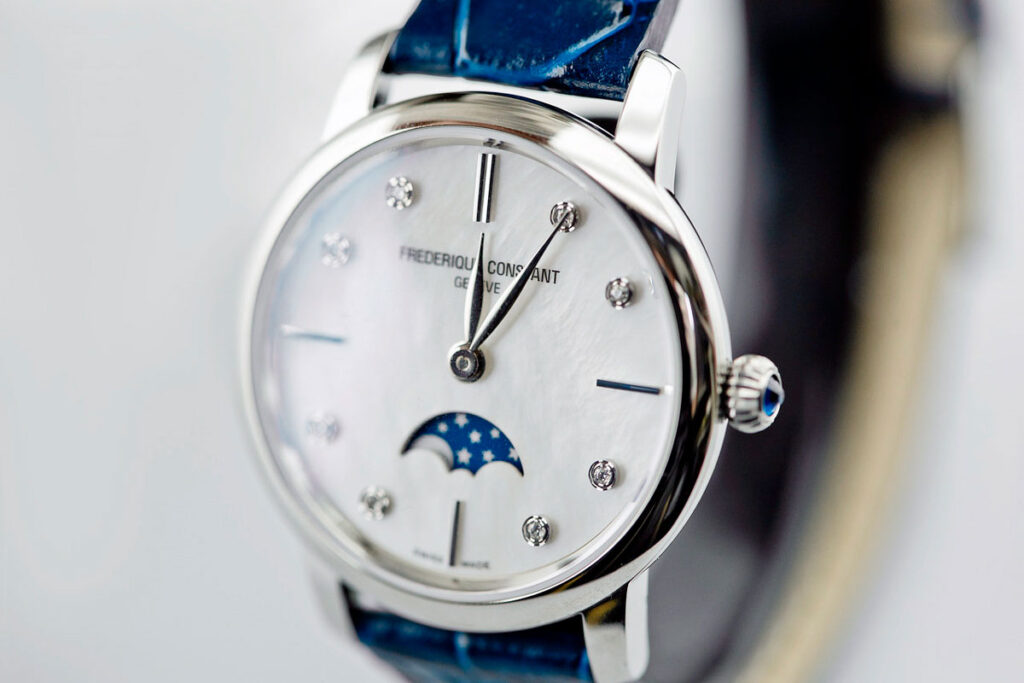
Antimagnetism
A property that is most useful to those who wear watches at work, fly an airplane, or travel. Steel is not magnetic and does not affect the functions of the mechanism, and also does not interfere with everyday life when you bring your watch hand closer to other metal objects or magnets. This is an important quality in men's steel watches.
Beautiful appearance
Chromium makes steel one of the most beautiful alloys, which is even used in jewelry. Not least because of this (and because of its functional characteristics, of course), already in the second half of the XNUMXth century, steel began to be actively used in the segment of the most expensive watches. Combined with plasticity, this makes it possible to encrust even diamonds - and it will look great. Proof of this is steel women's watches, no less elegant than gold ones.
